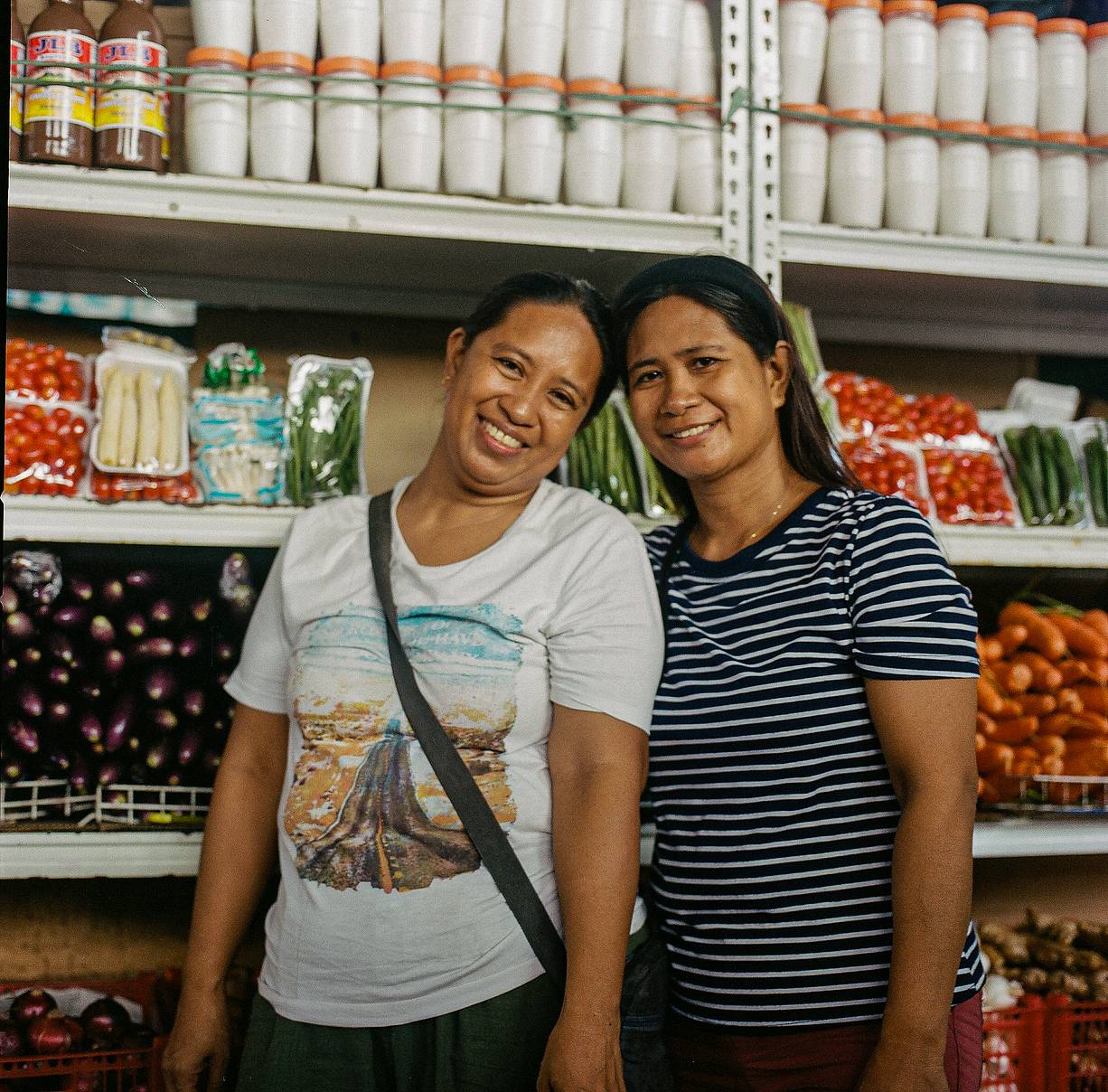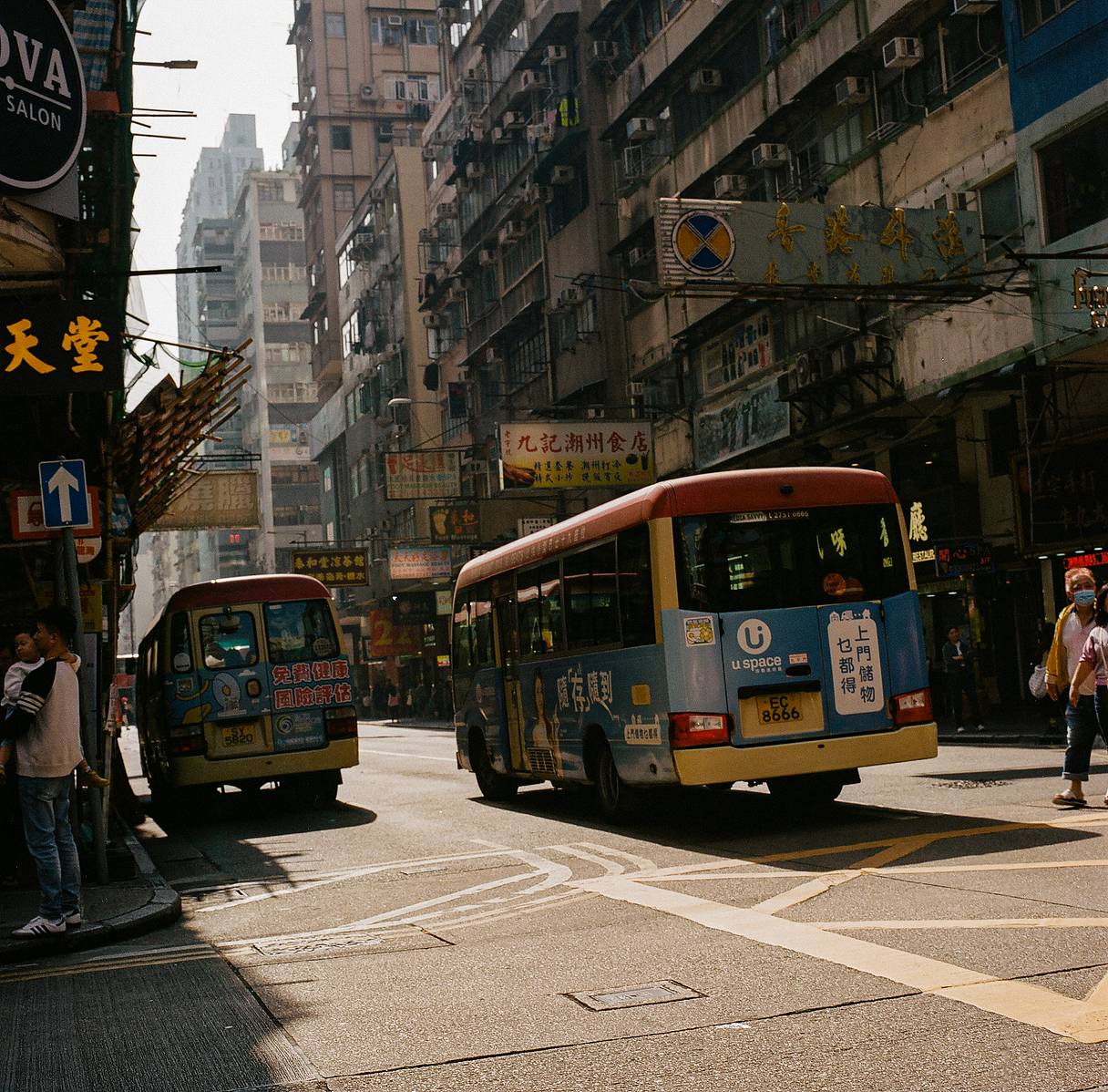Macy Castañeda Lee: Exploring New Territory with Medium Format Street Photography
6 Share TweetMany of us imagine that for travel and street photography, we need to have the smallest cameras possible, typically loaded with 35 mm film. Without hesitation, New York and Manila-based photographer Macy Castañeda Lee pushes those preconceived notions out of the way, showing how truly wonderful and versatile medium format can be.
Presenting a series of work created on 120 film while traveling solo throughout Southeast Asia, Macy is here to talk to us about pushing comfort zones, traveling with photography equipment, and shooting on the streets of foreign countries.
Let's get into it!
Hi Macy, and welcome to Lomography Magazine! Can you start off by telling us a bit about yourself and your work?
Thank you for having me over! I'm Macy, a Filipino non-binary photographer, speaker, and curator. I focus a lot of my work in street and documentary photography. I focus on issues surrounding mental health, mental illness, and neurodivergence, inspired by my brother who's on the autism spectrum. I founded and run a non-profit in the Philippines, Talang Dalisay, focusing on these issues, and a photography collective in New York where I currently live called Worlds Through Minds. Collectively, I intersect my advocacy of mental health with visual mediums to raise consciousness and action within communities.
Can you share a bit about your journey with photography?
I started out street photography with a broken digital Nikon camera, which gave me a good head start, thrill of the practice, and a starting point of my self discovery in photography. A few months back, I tried thinking of ways to slow down and have more intention with each moment. I've been journaling a bit about how to savor the experience of having a camera with me, and I realized that using film has helped me so much to be more thoughtful.
I decided to photograph more consistently on a Hasselblad, after many months of trying and renting out different analogue cameras. I enjoy the workflow of using an SLR camera and love the way I think with a 6x6 framing. Composition matters a lot! When I started using a Hasselblad, I felt so much more creatively challenged with my visual literacy. In summary, it's always important to try something new. In terms of film, I use all kinds of brands and also play around with a lot of expired rolls.
How does your experience with street photography differ when you're in your home city versus a new one?
What I love most about visiting and traveling through a new city is the natural curiosity and wonder that comes with you when you first arrive. There is so much unknown and excitement that I feel contributes to a very organic experience when photographing a completely new environment. I try my best to talk to locals when visiting a new place. I try to go to non-touristy areas where I can challenge myself to learn how locals really live.
As most of my photography mentors remind me, it's good to try practicing being a fly on a wall. When I photograph in my home city, Manila, I sometimes feel repetitiveness, sometimes pockets of inspiration. I think it really depends on the situation, but going back home is always a joy. I do more documentary work there with my non-profit. Street photography there is also fun but I always appreciate the change of environment.
How do you find confidence when photographing the streets of a foreign country?
I always think to myself that my time in foreign countries is limited. I have a very carpe diem mindset when it comes to traveling and make it a habit to always have film on me and bring my camera everywhere. With the knowledge that every moment is a rare opportunity, it gives me the push to be more bold and persistent with capturing what I see.
In Vietnam last December, I was walking around a market with my friend, Tram Anh, and passed by a man peacefully sleeping behind his stall. The frame will forever be stuck in my mind, he looked beautifully placed in the corner of his stall and the colors behind him all complemented each other. Of course there was a bit of hesitation on my end, because I wanted to respect him while he was asleep. How does consent work in street photography? I am still navigating my own ethics, but I knew I wasn't going to use the photograph in a bad way. You kind of have to figure out your own ethics and boundaries with street photography. So I just took the photo. To that man, thank you, I hope you see my photograph one day.
What draws you to shooting 120 film on the streets rather than 35 mm?
I enjoy the fact that the negative is larger and genuinely prefer a 6x6 composition with the Hasselblad that I use. I personally enjoy the framing of 120 and the way I see on a waist level viewfinder. The experience of shooting 120 versus 35 mm is definitely a big deal to a lot of photographers. I tried a lot of 35 mm cameras before but found that 120 is where I find a lot of comfortability and confidence. At the same time, it doesn't matter what kind of camera you use; just take photos and use often what you find more happiness with.
What are your steps to keeping film and cameras safe while traveling?
I always keep my unused and used film in separate zip-lock bags. I keep the zip-lock bags in a black pouch, away from sunlight. I always bring extra 120 spools with me to load in the camera in case I lose anything. I keep all of these things in my camera bag and keep it close like it's part of my umbilical cord. I always keep an eye out when I carry my camera bag around crowded places. Oh, and another thing I do is always have an extra camera wrap with me in case it needs extra protection. And never lose a lens cap!
Do you have any advice for anyone wanting to experiment with street photography?
Street photography is just a matter of doing, so just go out there and photograph whatever you see! People seriously underestimate how special and how different they see the world. Trust your intuition and just take the photo. The more photos you have, look at them collectively, and you will be able to see what kind of things you are visually attracted to. Ask questions and keep on photographing. What's most important with making this kind of work is to really do this for yourself and for your expression. Your voice matters!
Anything else you'd like to share?
Try all kinds of photographic processes! I still have so many things to try. Photography is a lifelong journey. We all love it for a reason, so just keep going.
Thanks for sharing, Macy! If you'd like to stay in the loop of Macy's latest work, you can find them on Instagram or their website.
written by alexa_alexiades on 2024-02-24 #people #places
























No Comments